18 January 2025
The housing market isn’t just your average rollercoaster ride—it’s a wild, unpredictable beast that continually evolves with the times. Whether you're a potential buyer, a seasoned seller, or an investor trying to keep your head above water, the housing market's twists and turns can be dizzying. So, what’s next? What should you be paying attention to as we head into the future?
Well, you're in the right place. Let’s break it down and explore the key trends shaping the future of the housing market, where things are headed, and how you can stay ahead of the curve.
The Remote Work Revolution: Changing Where and How We Live
Remember how everyone used to say, “Location, location, location!” when talking about real estate? It’s still relevant, but here's the kicker: the definition of a "prime location" is shifting.Thanks to the remote work explosion (hello, Zoom meetings in pajamas!), people are no longer tethered to corporate hubs. Why live in an expensive downtown apartment when you can snag a spacious home in the suburbs, rural countryside, or even cross-border? Remote work has cracked open the door to flexibility, giving folks the freedom to prioritize lifestyle over proximity to the office.
For instance, secondary cities like Boise, Idaho, or Durham, North Carolina, are seeing an influx of homebuyers fleeing high-cost metros like San Francisco and New York City. It’s like a game of musical chairs, but everyone wants to grab a seat with lower costs and higher quality of life.
What does this mean for the future?
Expect demand in suburban and rural areas to grow while urban cores might have to reinvent themselves to stay relevant. Developers may begin catering more to hybrid work lifestyles, offering homes with dedicated office spaces or high-speed internet infrastructure.
The Rise of Green Homes: Sustainability is the New Sexy
Here’s a fact: people are waking up to issues like climate change and carbon footprints. With energy bills going through the roof and the planet needing more TLC, homebuyers are eyeing eco-friendly homes like kids in a candy store.Solar panels, energy-efficient windows, sustainable building materials, and smart home tech that reduces waste are no longer “nice-to-haves”—they’re becoming the gold standard.
And here’s the kicker: governments are sweetening the deal with tax incentives for green construction or solar installations. So not only are you saving the planet, but you’re saving cash, too. Double win!
Pro Tip:
If you're investing in real estate, think long-term. Homes with energy-efficient features and eco-friendly designs aren’t just trendy—they’re future-proof. Whether it's millennials or Gen Z stepping into the market, they’re willing to pay a premium for sustainability.
Tech-Savvy Homebuying: The Digital Revolution is Here
Let’s face it: we’re living in a tech-driven world. From grocery shopping to dating, everything’s gone digital, and real estate is no exception.Virtual tours, 3D home renderings, and augmented reality apps are making house hunting as easy as swiping left or right on Tinder. It’s not just tech-savvy millennials embracing this either. Baby boomers are hopping on board, appreciating the convenience of exploring homes from their living rooms without the hassle of physical visits.
Oh, and let’s not forget blockchain. Yep, blockchain is slowly but surely creeping into real estate. From streamlined transactions to smart contracts, it’s cutting out the red tape, reducing fraud, and speeding up the notoriously slow home-buying process.
A Fun Thought:
Could buying a house someday be as easy as adding an item to your Amazon cart? Don’t laugh—it might happen.
Affordability Challenges: Will Owning a Home Become a Pipe Dream?
Let’s keep it real: the housing market isn’t always sunshine and rainbows. Affordability remains one of the biggest pain points for buyers. Home prices have been climbing like someone hit the "up" button on a broken elevator, and wages? Well, they’re standing still at the bottom floor.Interest rates are another piece of the puzzle. Every time they shoot up, the cost of borrowing gets steeper, making homes less affordable for middle- and lower-income families.
The ripple effect? Renting is becoming the default option for many younger folks. This shift toward renting could open up opportunities for investors in the rental property market, but it’s also bringing questions about the long-term stability of homeownership in America.
The Boom of Build-to-Rent Communities
If you've been paying attention, you’ve likely noticed something new cropping up in the housing world: build-to-rent communities. Essentially, these are neighborhoods of single-family homes designed specifically for long-term renters—not buyers.Why is this blowing up? It’s simple. Millennials and Gen Z are finding it harder to break into the housing market, but they still want the suburban lifestyle: yards, space, and a real sense of community. Build-to-rent is a clever way to meet this demand.
Investors and developers are hopping on this trend like seagulls on a dropped sandwich. With steady rental income and less risk compared to traditional home sales, this is a win-win on both ends.
A Generation of Homebuyers: What Does Gen Z Want?
Move over millennials, Gen Z is entering the chat. Born between the mid-90s and early 2010s, this group is known for being digital natives with a strong focus on individuality and social responsibility. How does this translate to their home-buying preferences?First off, they want everything online. If you’re selling a home, expect this tech-savvy crowd to ask for virtual tours and digital paperwork. But beyond convenience, Gen Z cares deeply about sustainability, modern design, and affordability.
Oh, and don’t expect them to settle for “McMansions.” They’d rather have something smaller, smarter, and more energy-efficient. The challenge? With higher student loans and lower starting salaries, Gen Z has some financial hurdles to clear before they can fully take over as homeowners.
Multigenerational Living: Back to Basics
Think about this: more families are choosing to live together under one roof. Whether it’s aging parents moving in with their adult children or college grads bunking with mom and dad to save money, multigenerational living is on the rise.The pandemic, sky-high housing costs, and a desire for stronger family bonds have all played a role in this shift. Builders are catching onto the trend, creating homes with “in-law suites” or separate entrances to keep everyone happy and under one roof.
It’s a bit like going back to the old days when families stuck together through thick and thin—though now you might find grandma setting up her TikTok account in the guest room.
Urban Renewal: Cities Aren’t Dead (Just Yet)
While suburban and rural areas are hot right now, don't count cities out of the game. Urban areas are reinventing themselves to stay competitive, focusing on livability, affordability, and walkability.For instance, we could see more adaptive reuse projects—taking old office buildings, warehouses, or malls and turning them into cool residential spaces. Think loft apartments with exposed brick and lots of character. Cities are also doubling down on green spaces, bike lanes, and public transit to lure people back.
The future of cities might look less like a business hub and more like a lifestyle destination, combining work, play, and sustainability in one neat package.
Final Thoughts: Keeping Up With the Trends
The housing market may feel like navigating a maze, but understanding these trends can be your compass. Whether you're buying, selling, or investing, the key is adaptability. The world is changing, and so is real estate.Keep an eye on how remote work evolves, watch for the rise of green homes, and pay attention to the affordability crisis. Sprinkle in a dash of tech, a pinch of multigenerational living, and a dollop of build-to-rent developments, and you’ve got yourself a recipe for navigating the future of the housing market.
So, buckle up—it’s going to be one heck of a ride! Ready to make your next move?


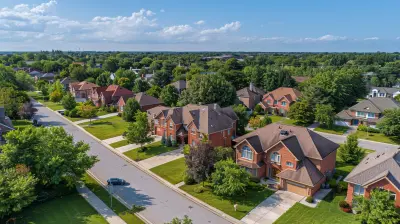
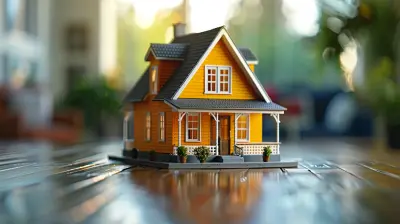

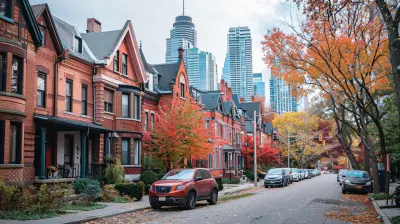
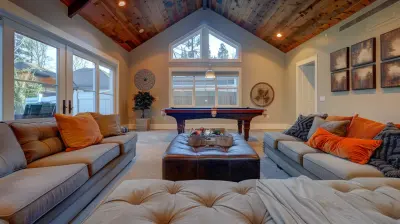

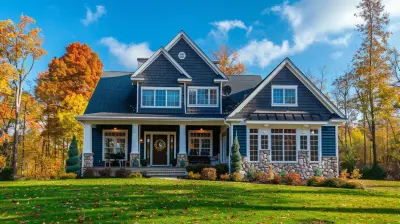


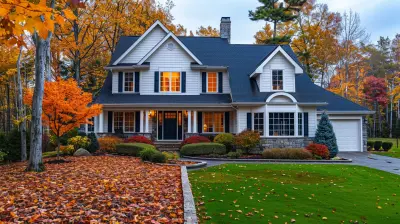
Thor Bell
Great insights! It's exciting to see how these trends will shape the housing market. Staying informed is key—can’t wait to see how everything unfolds in the coming months!
March 31, 2025 at 3:13 AM